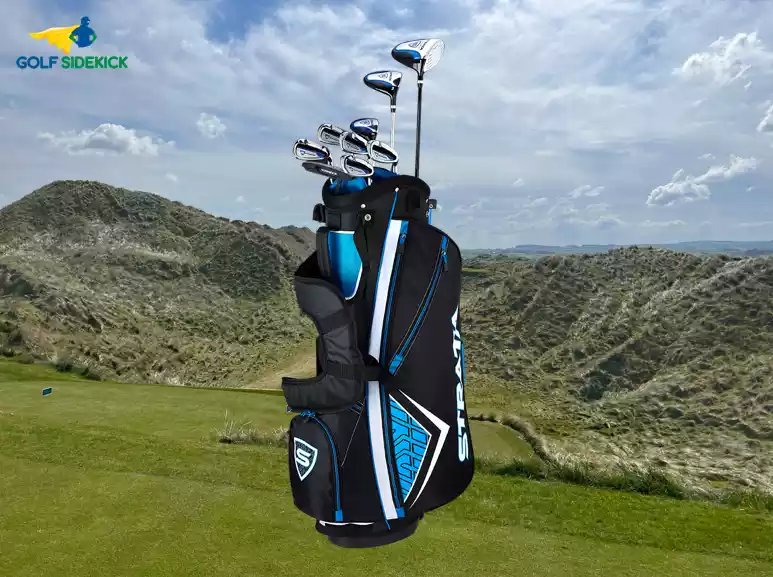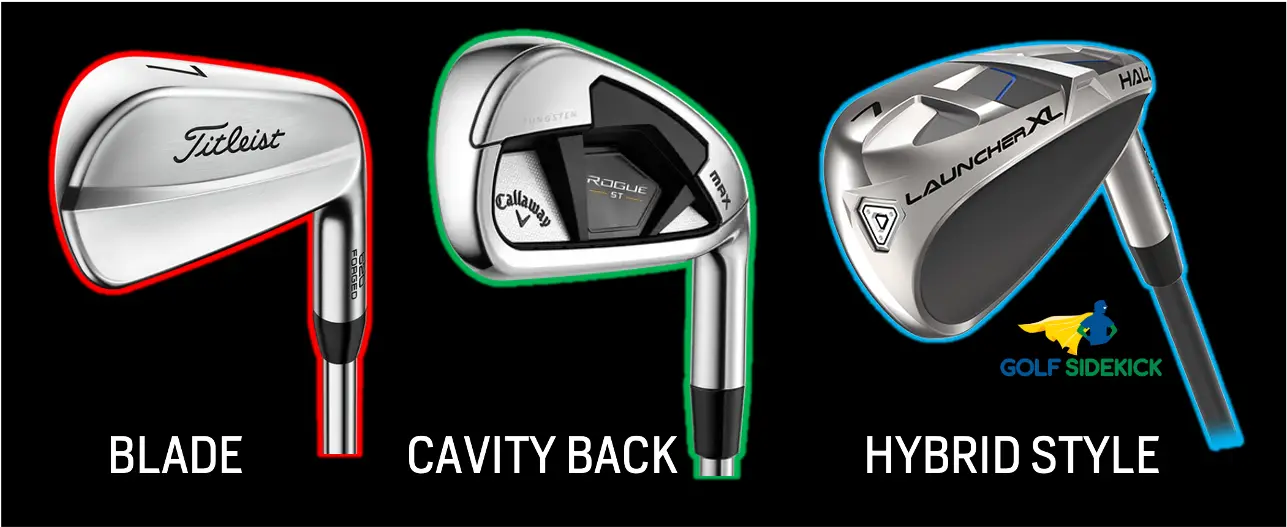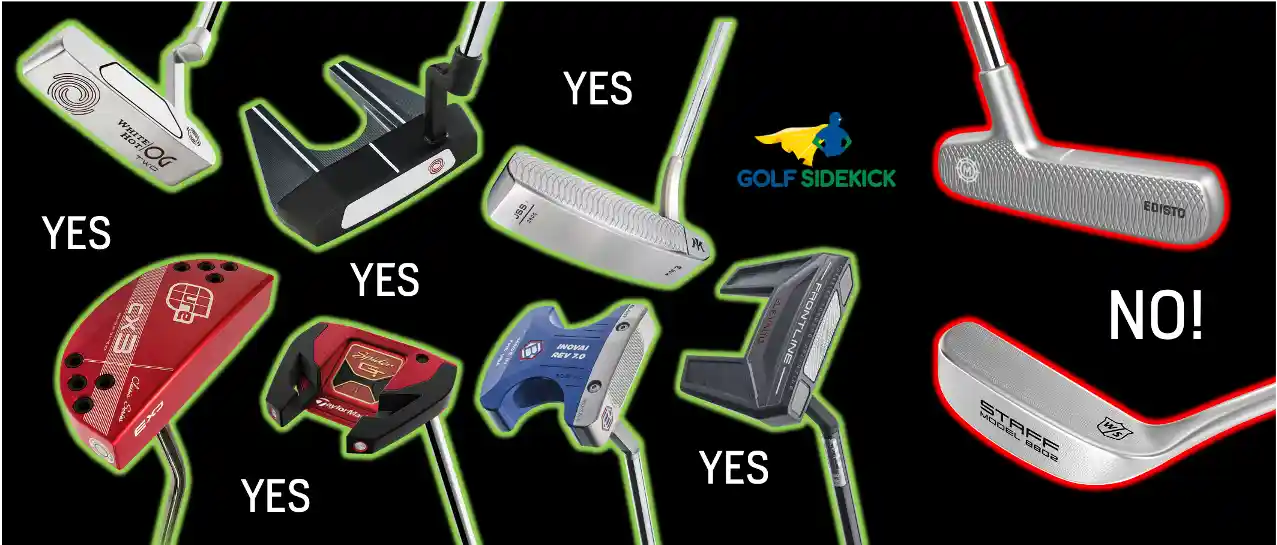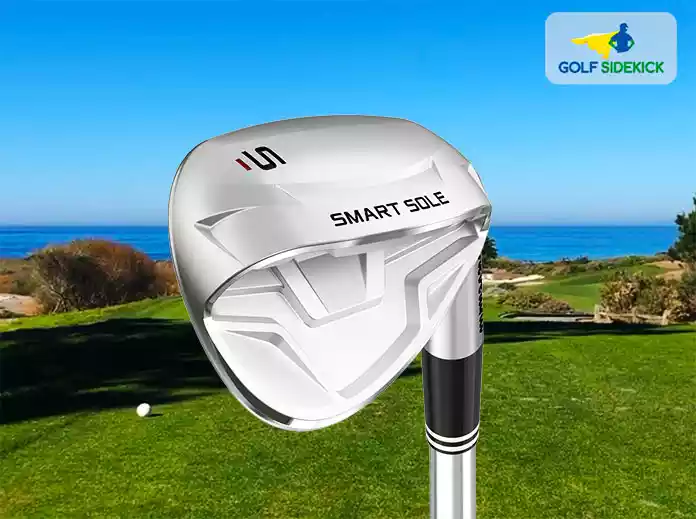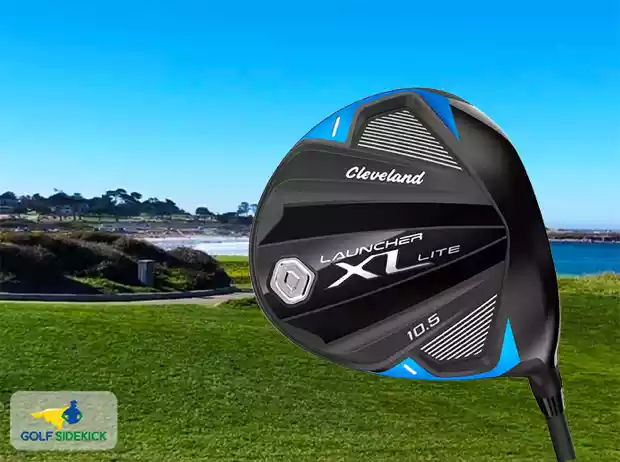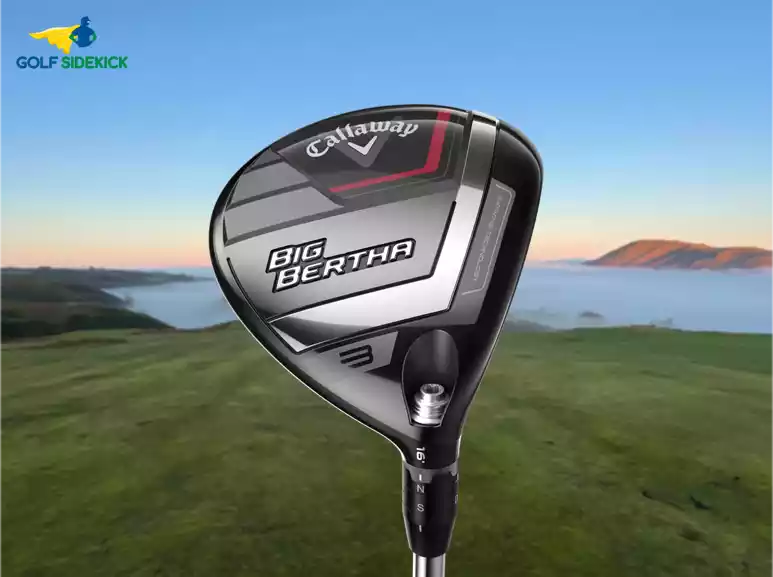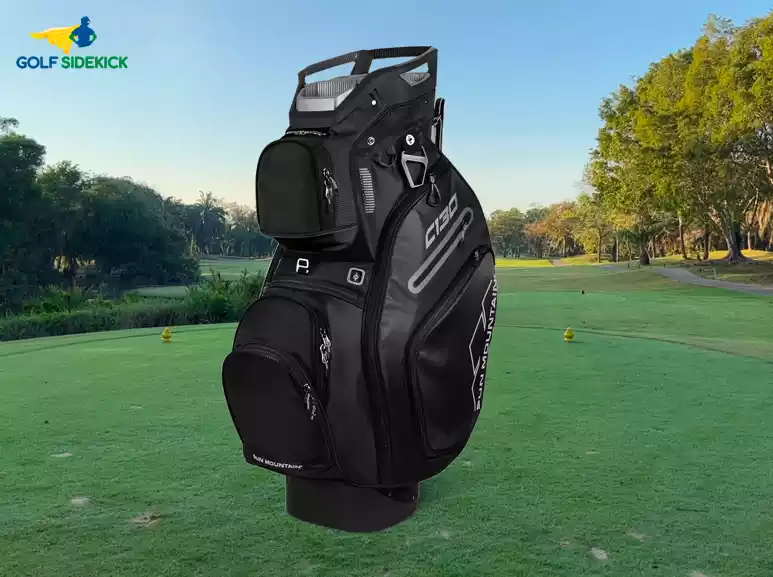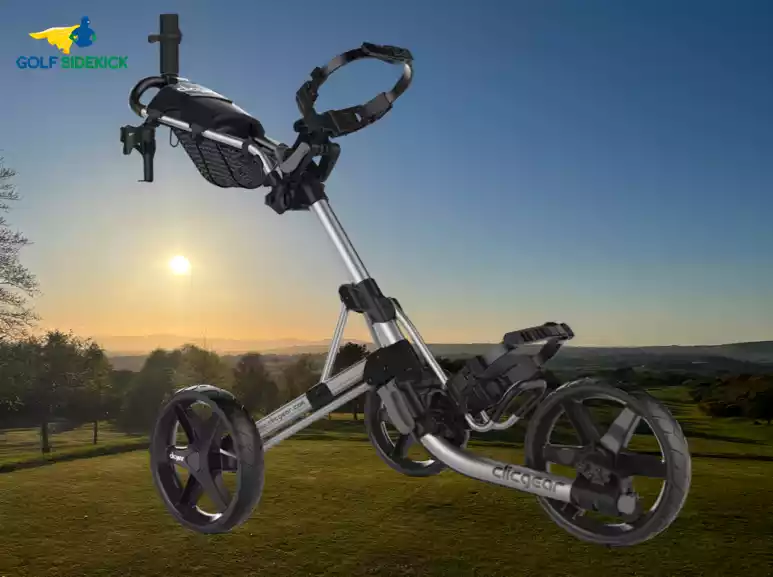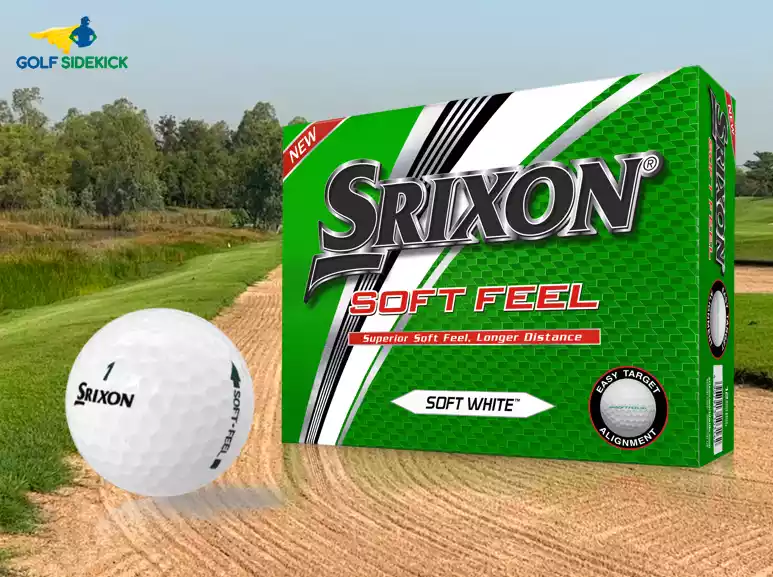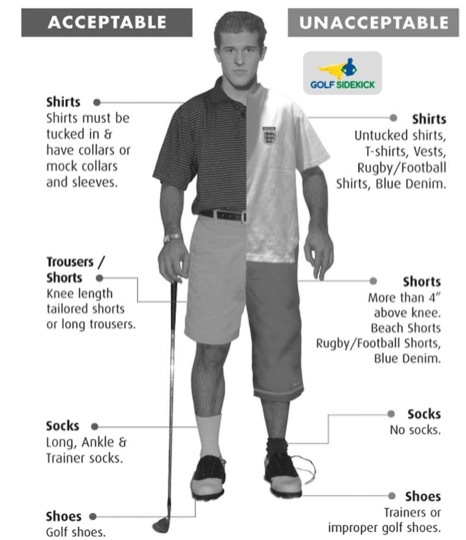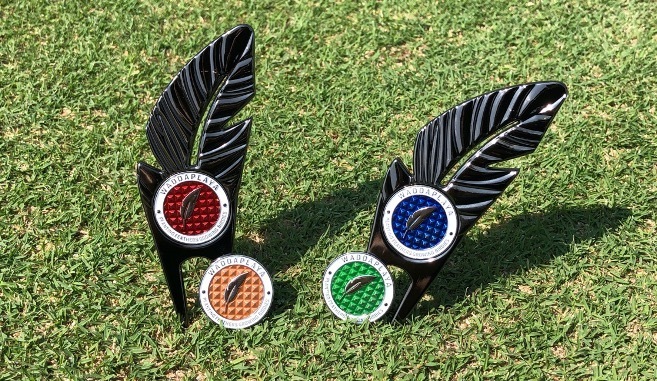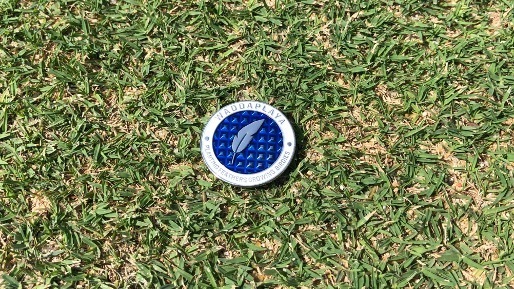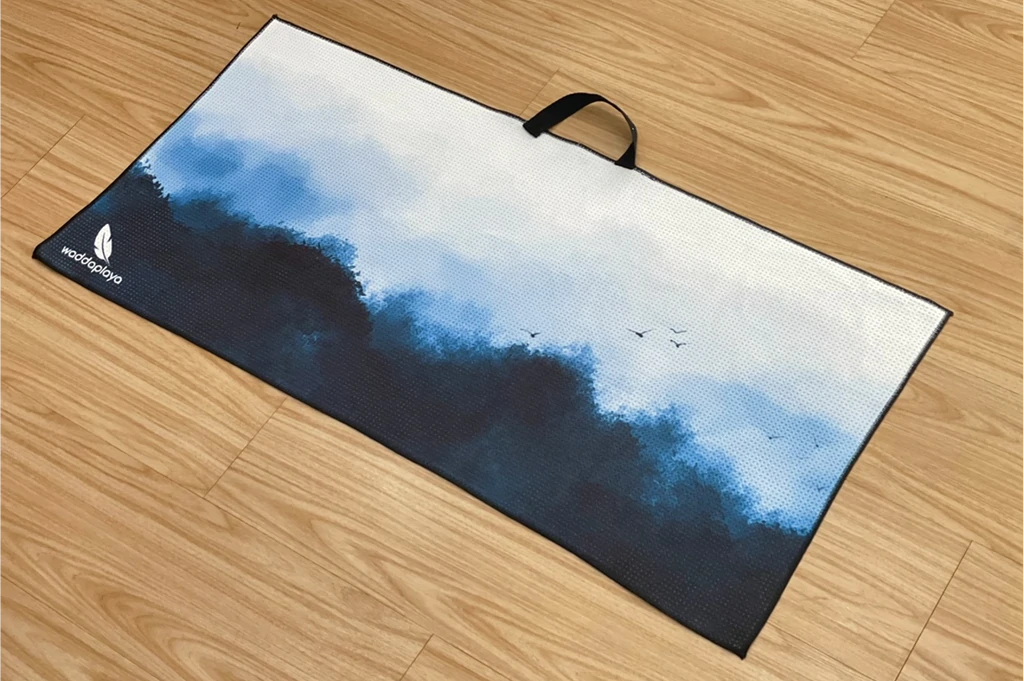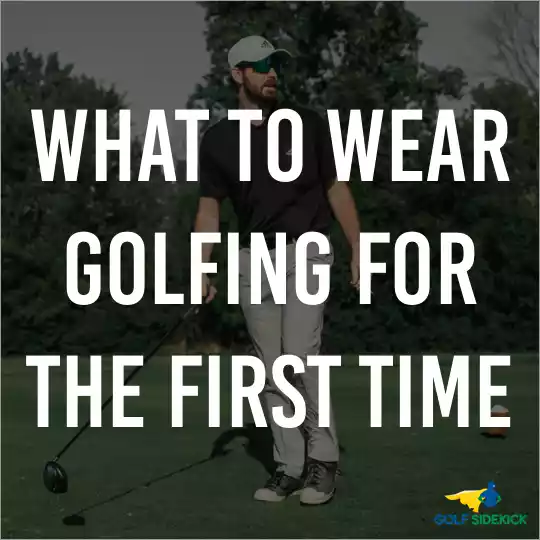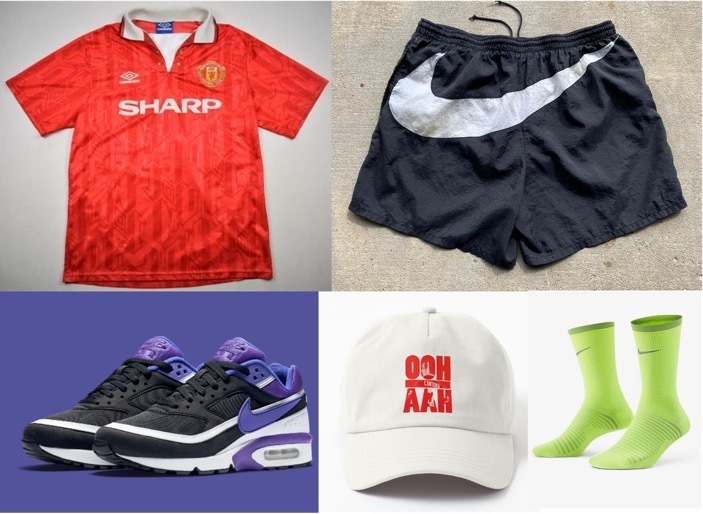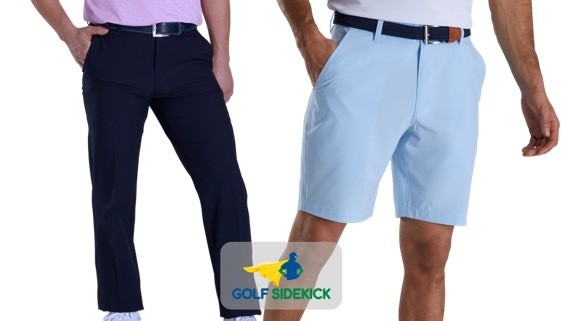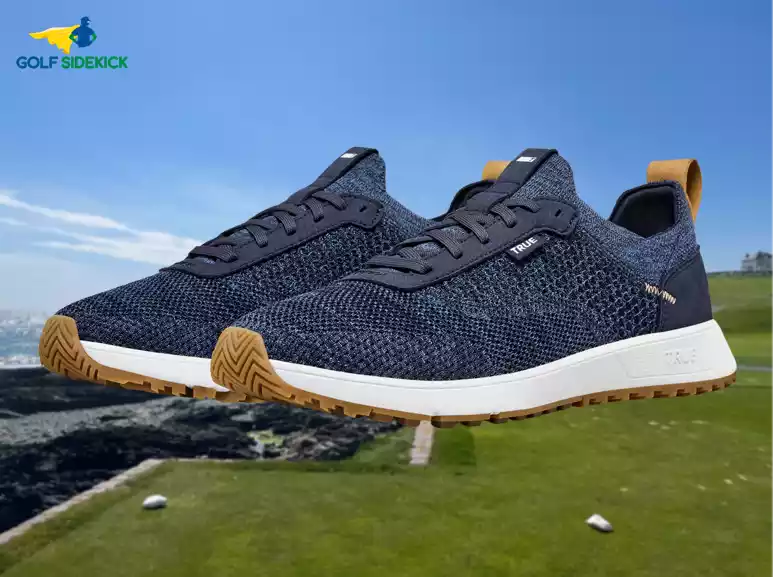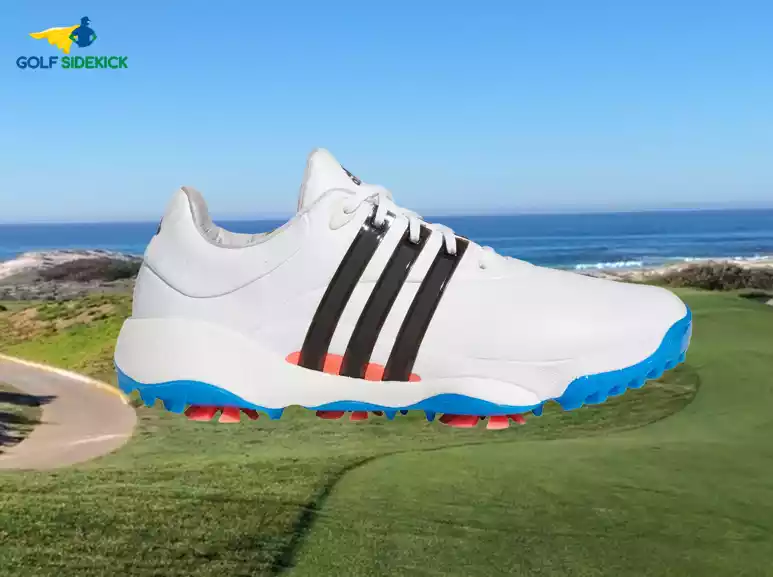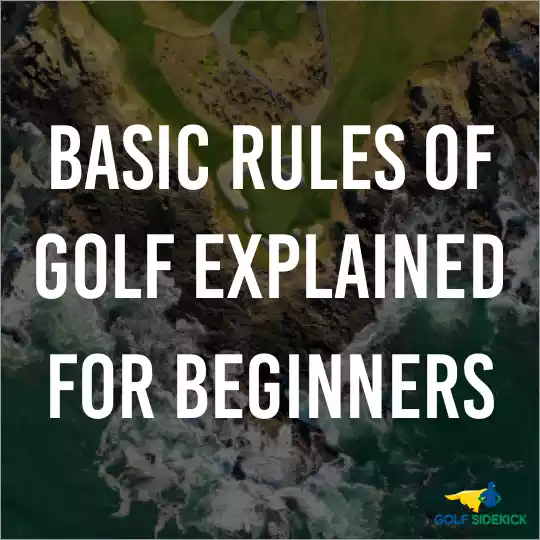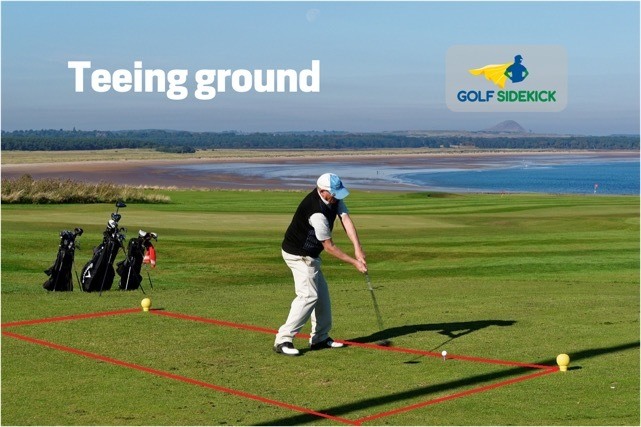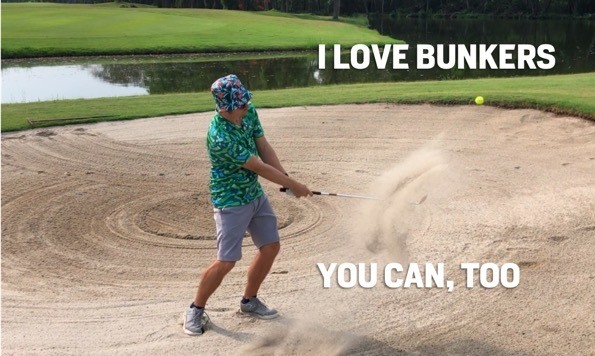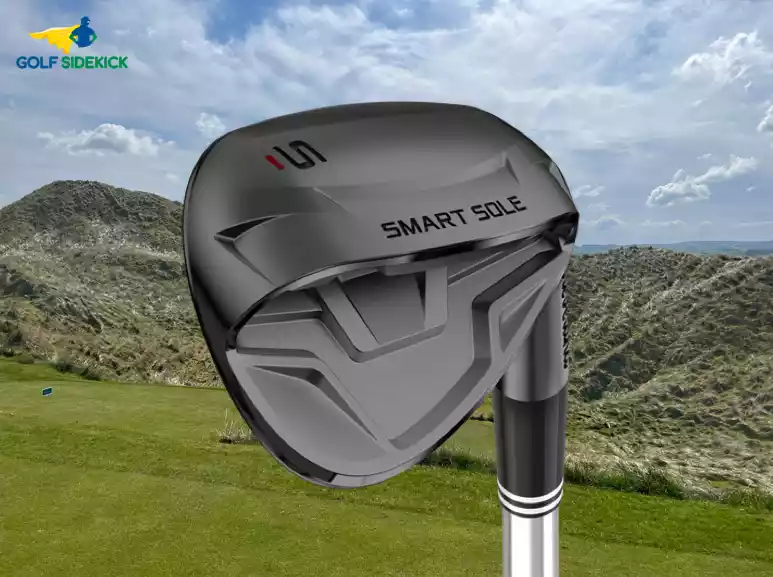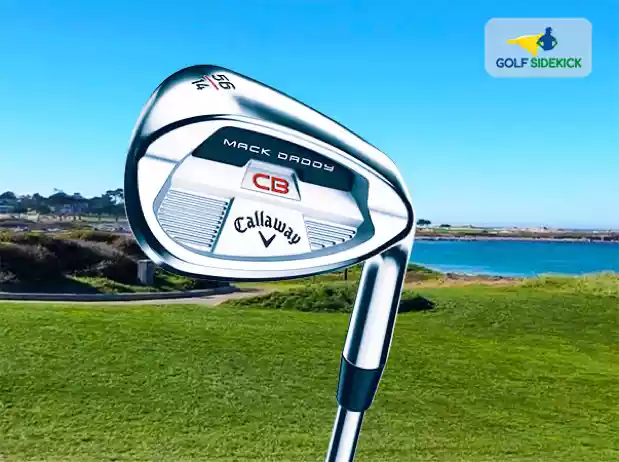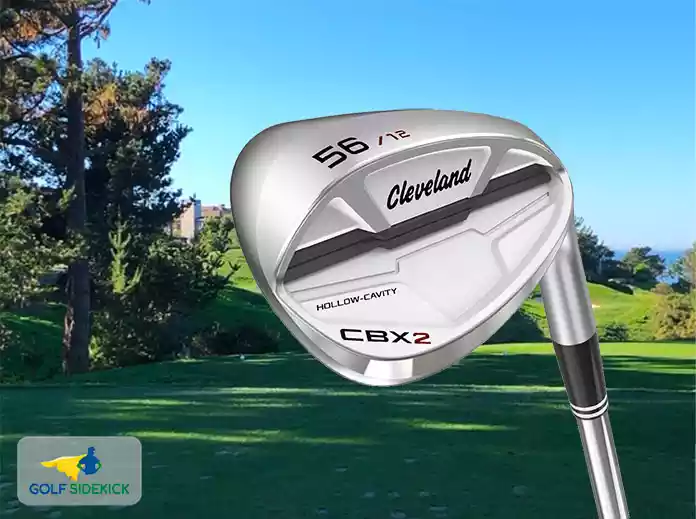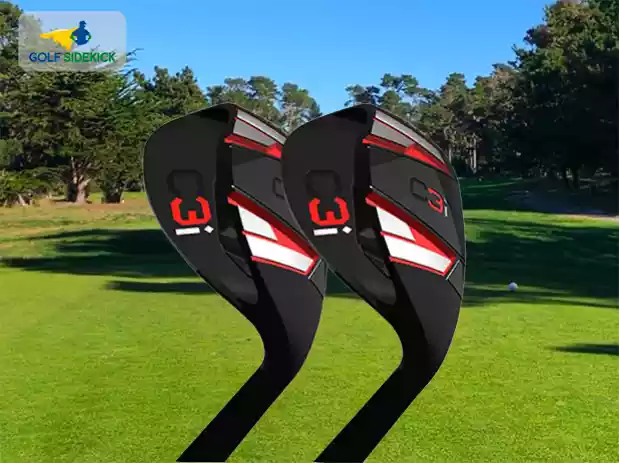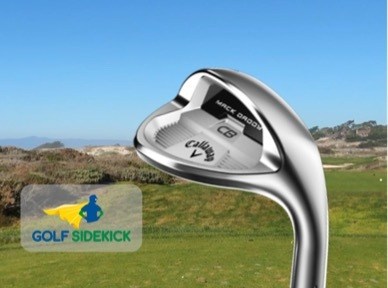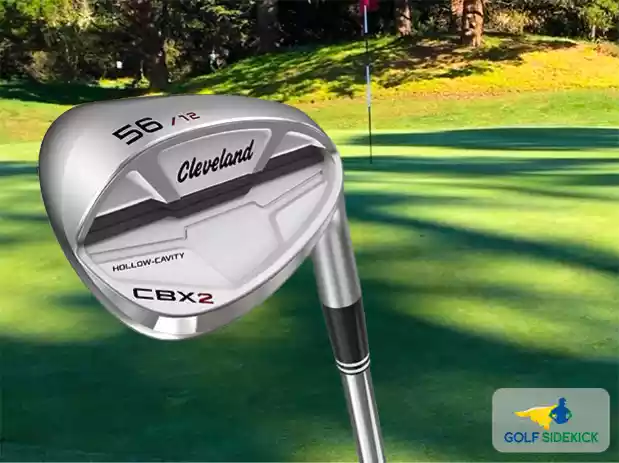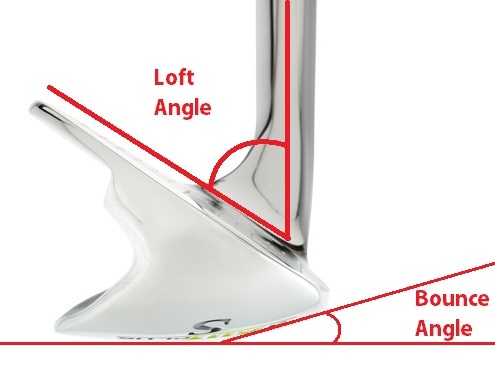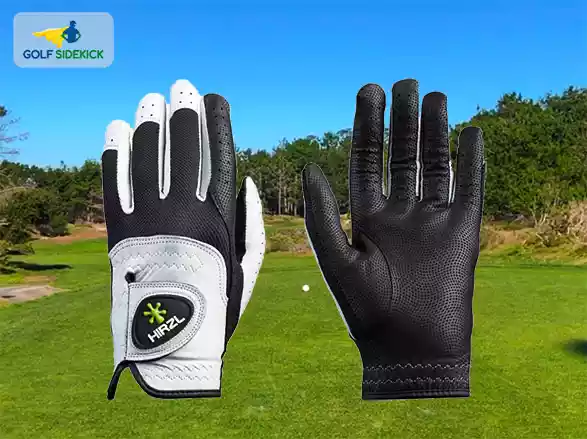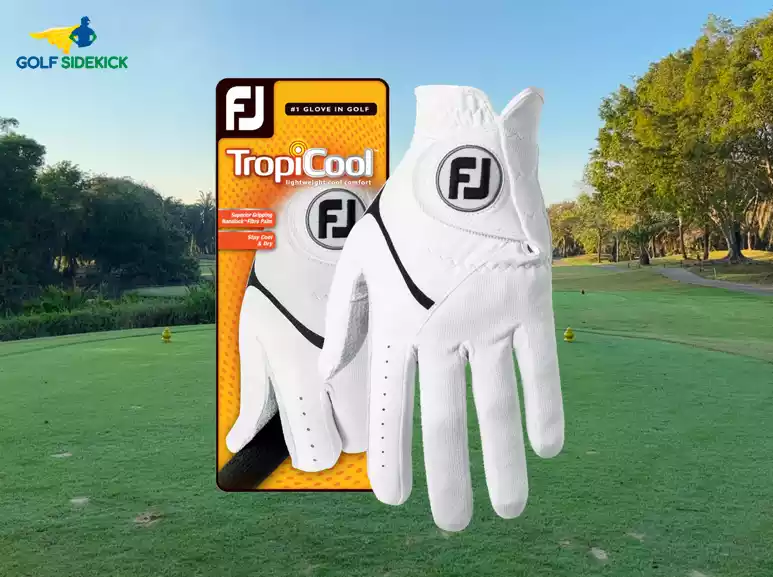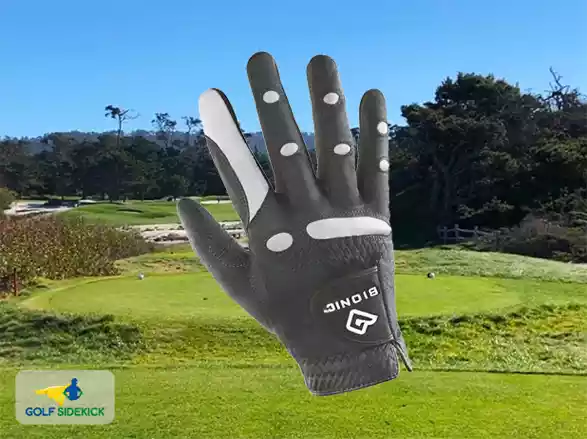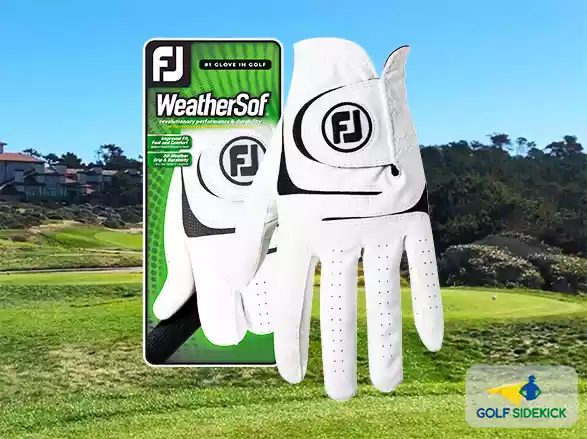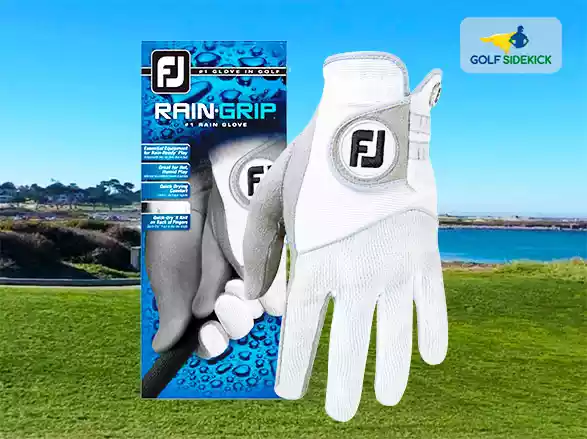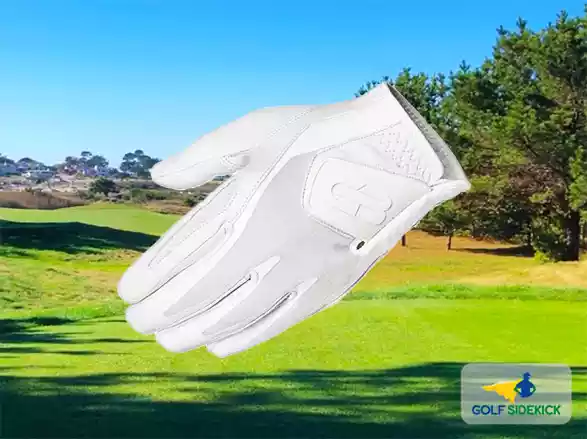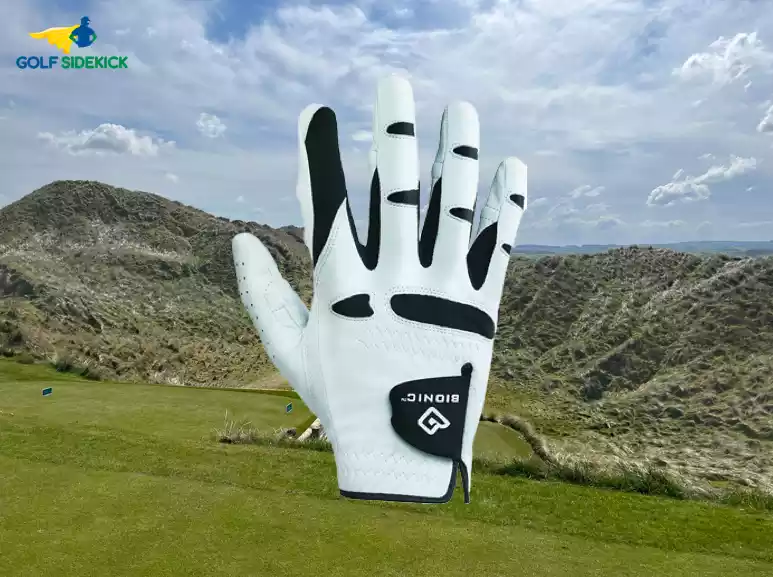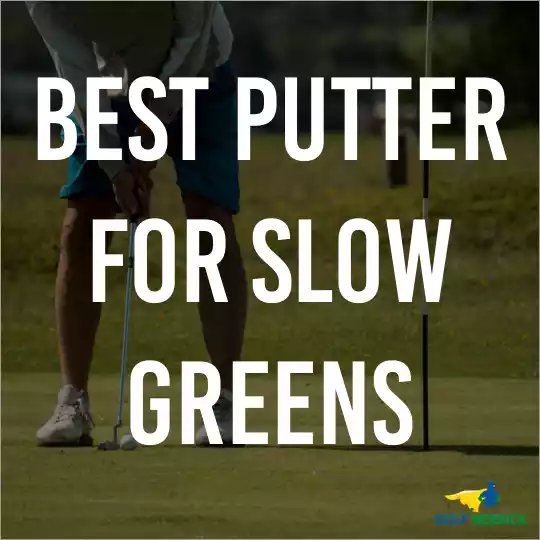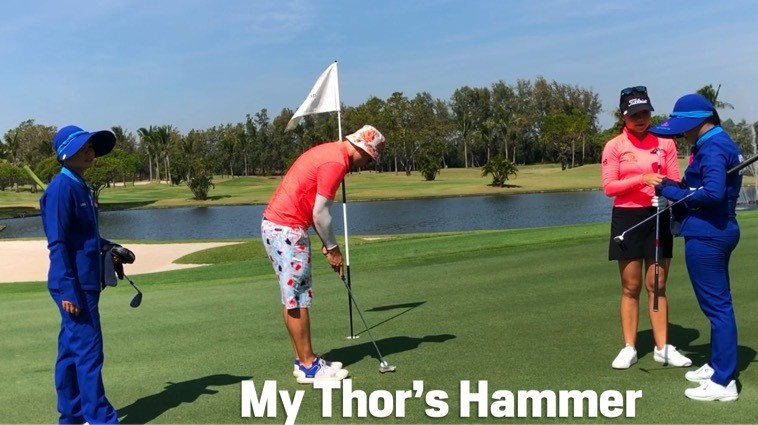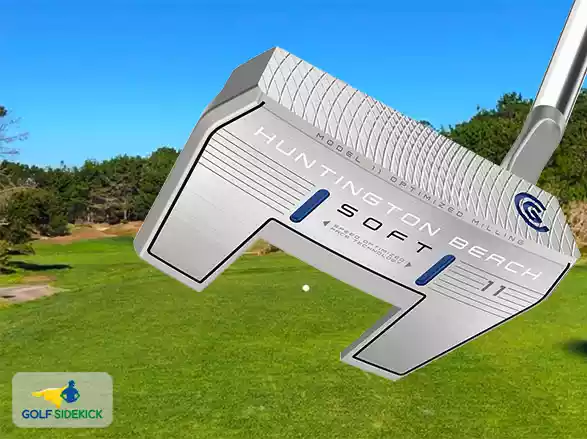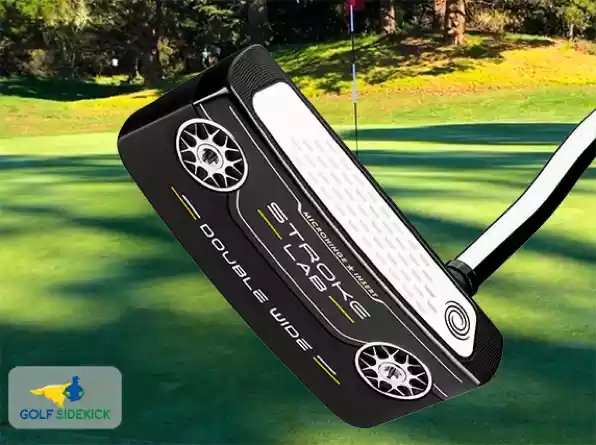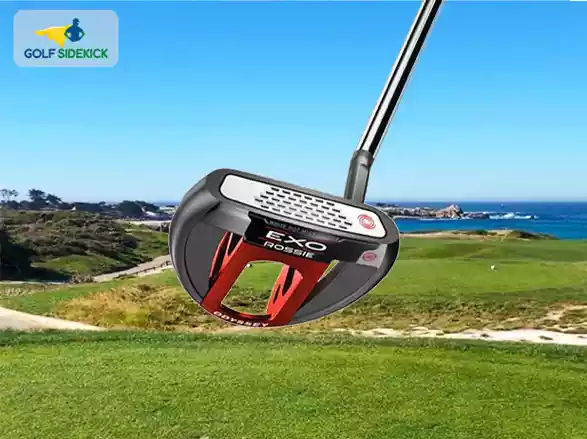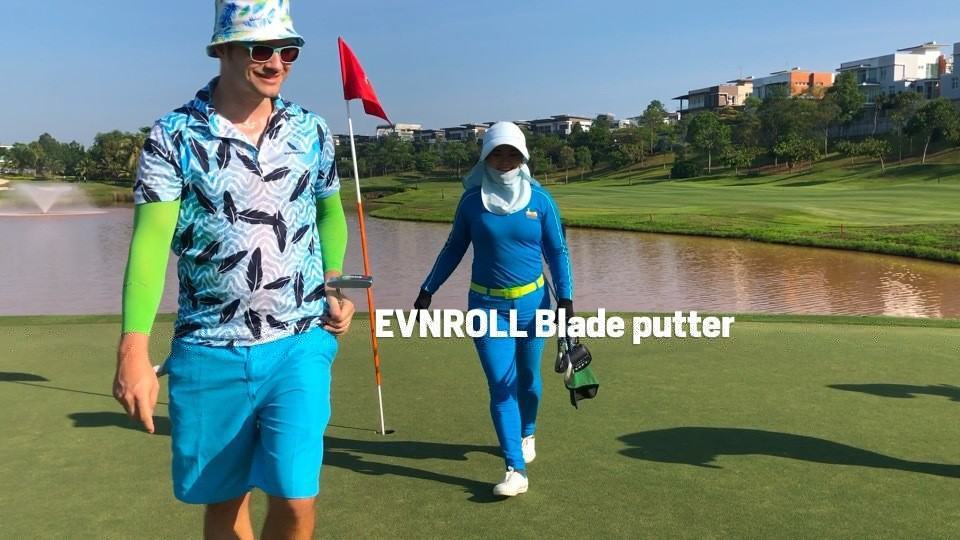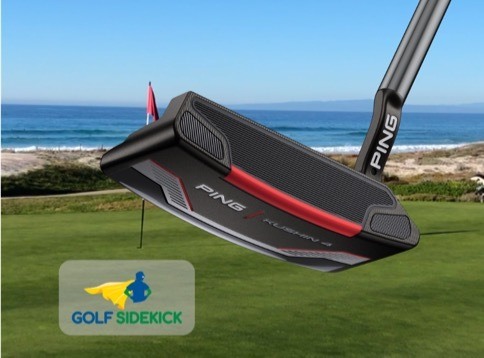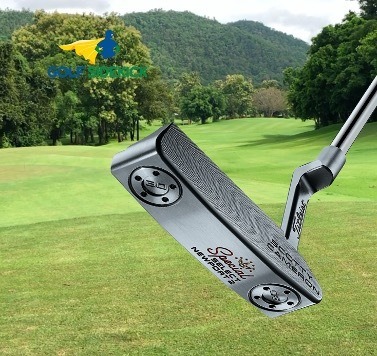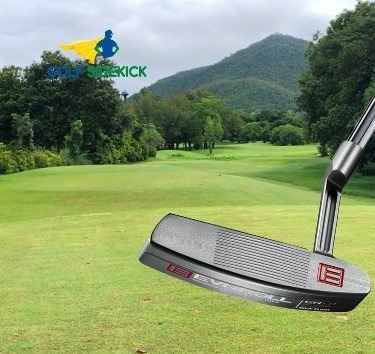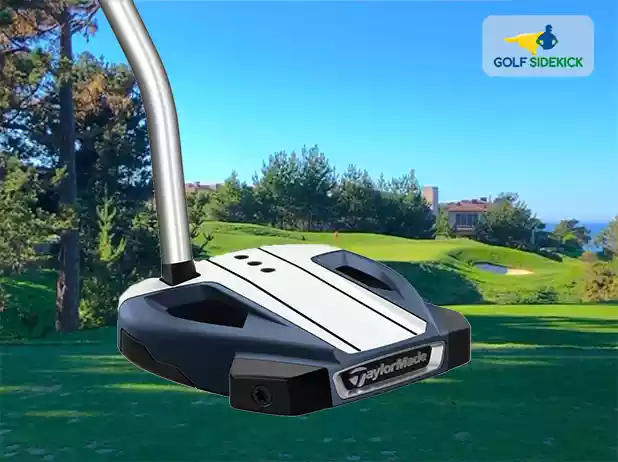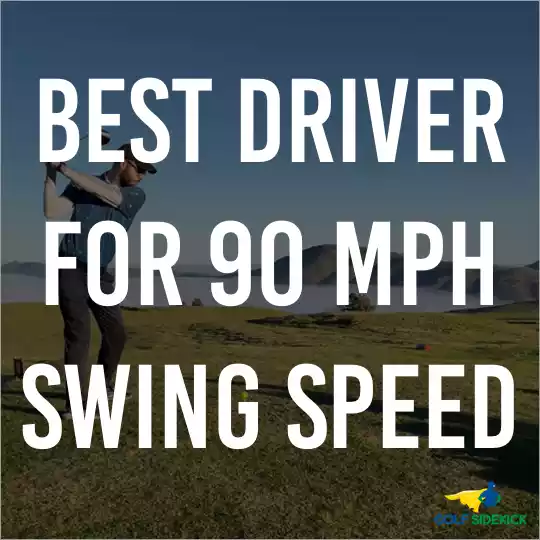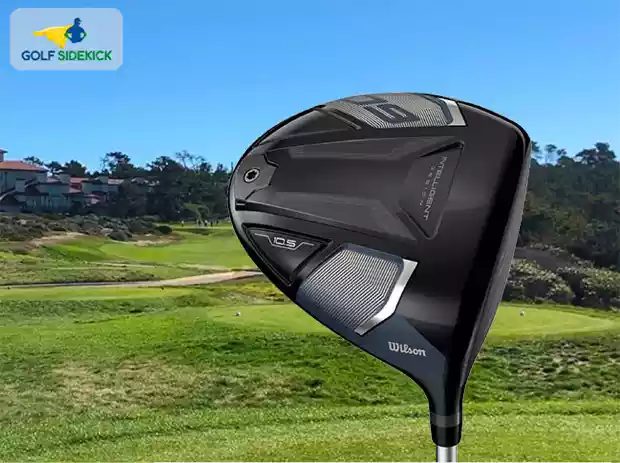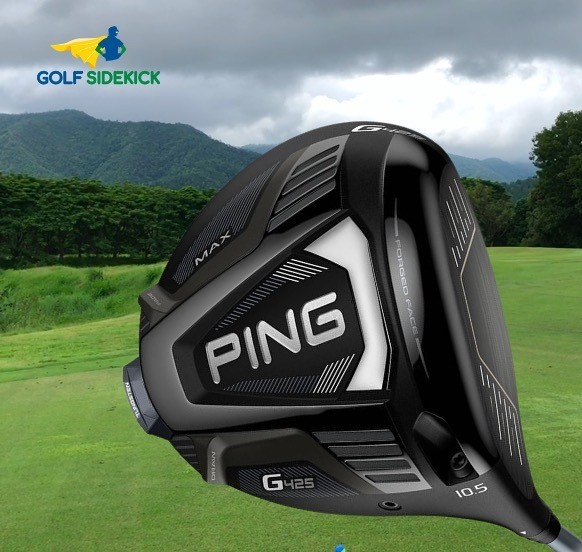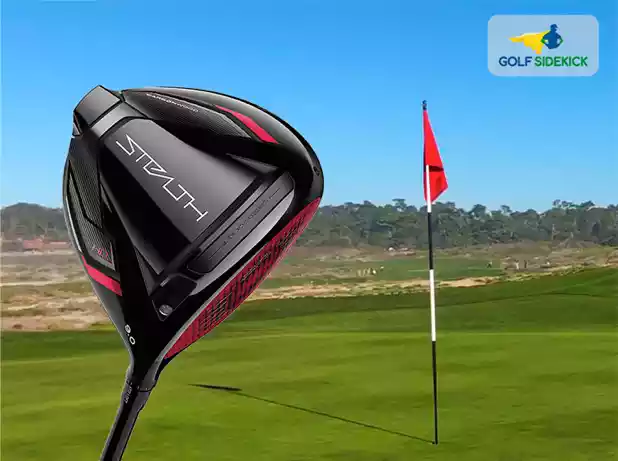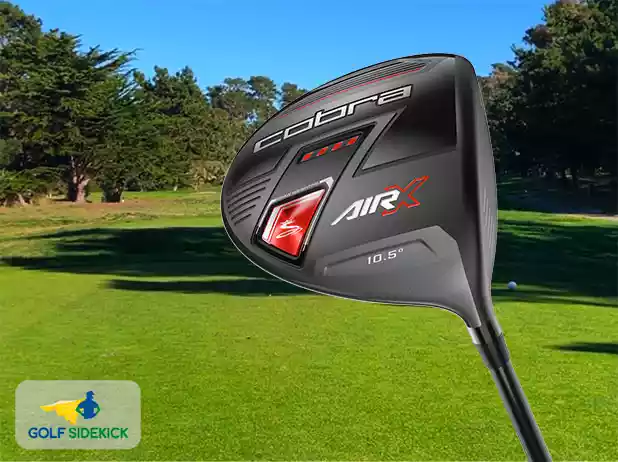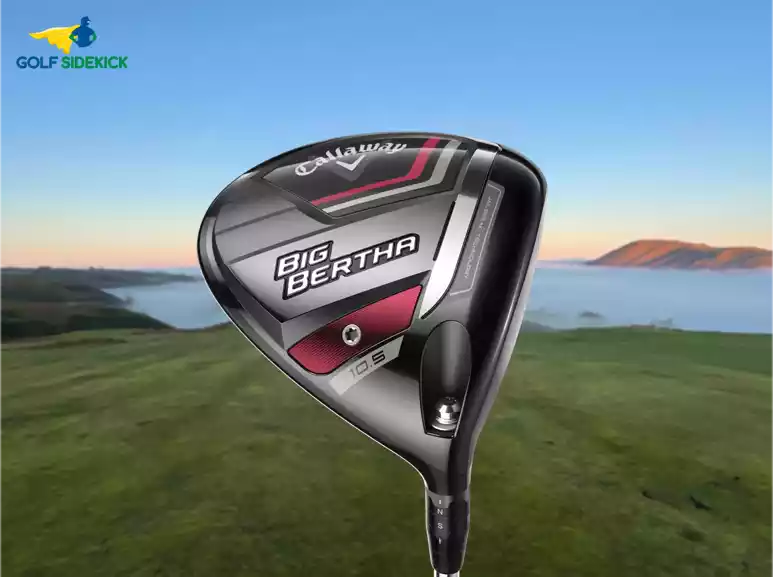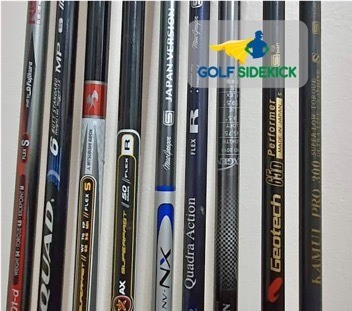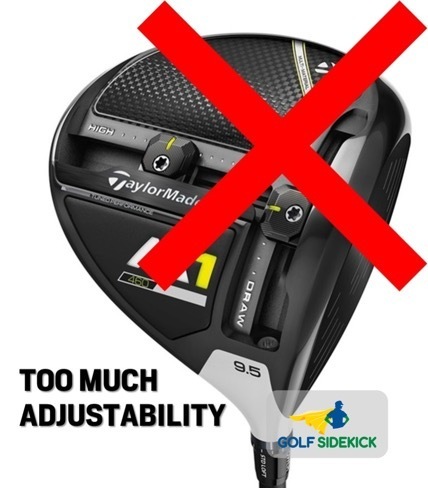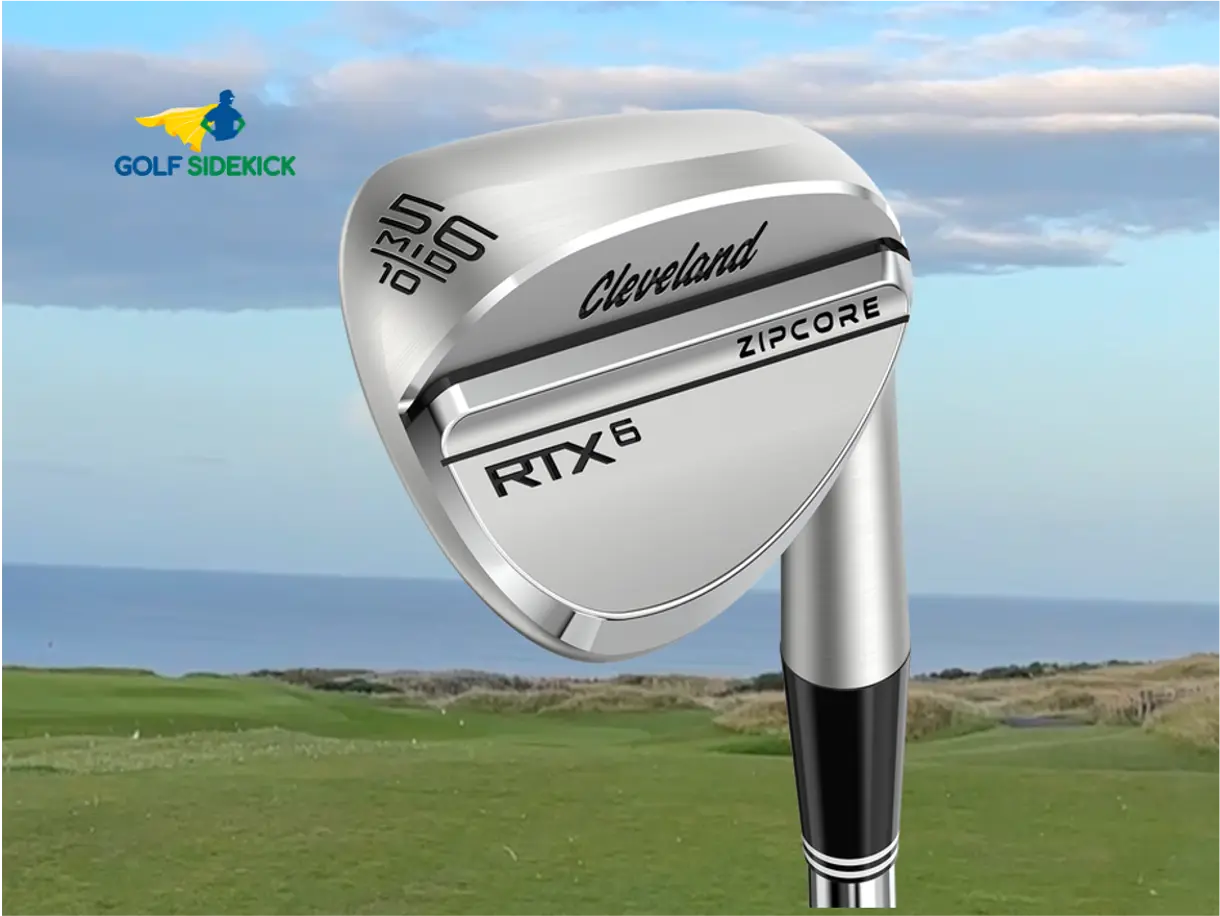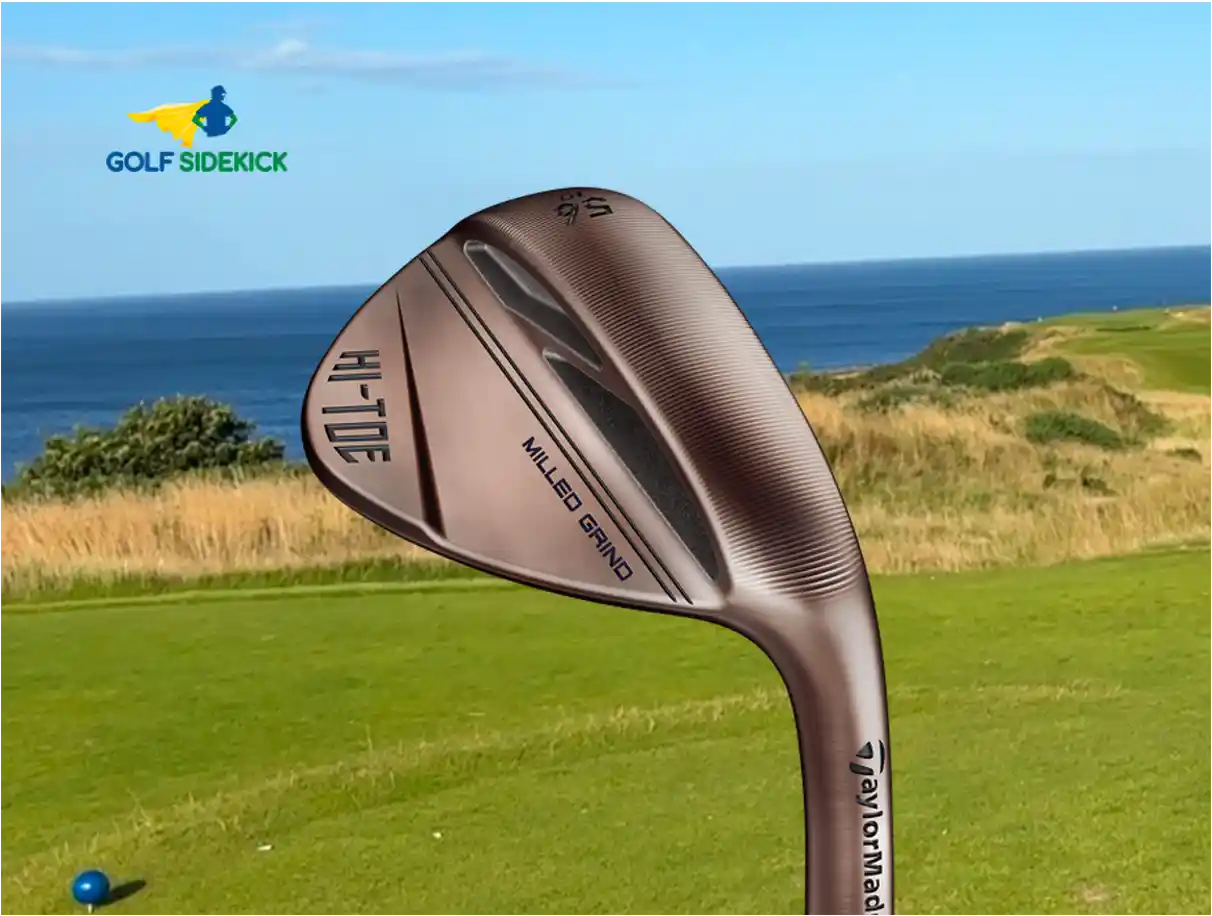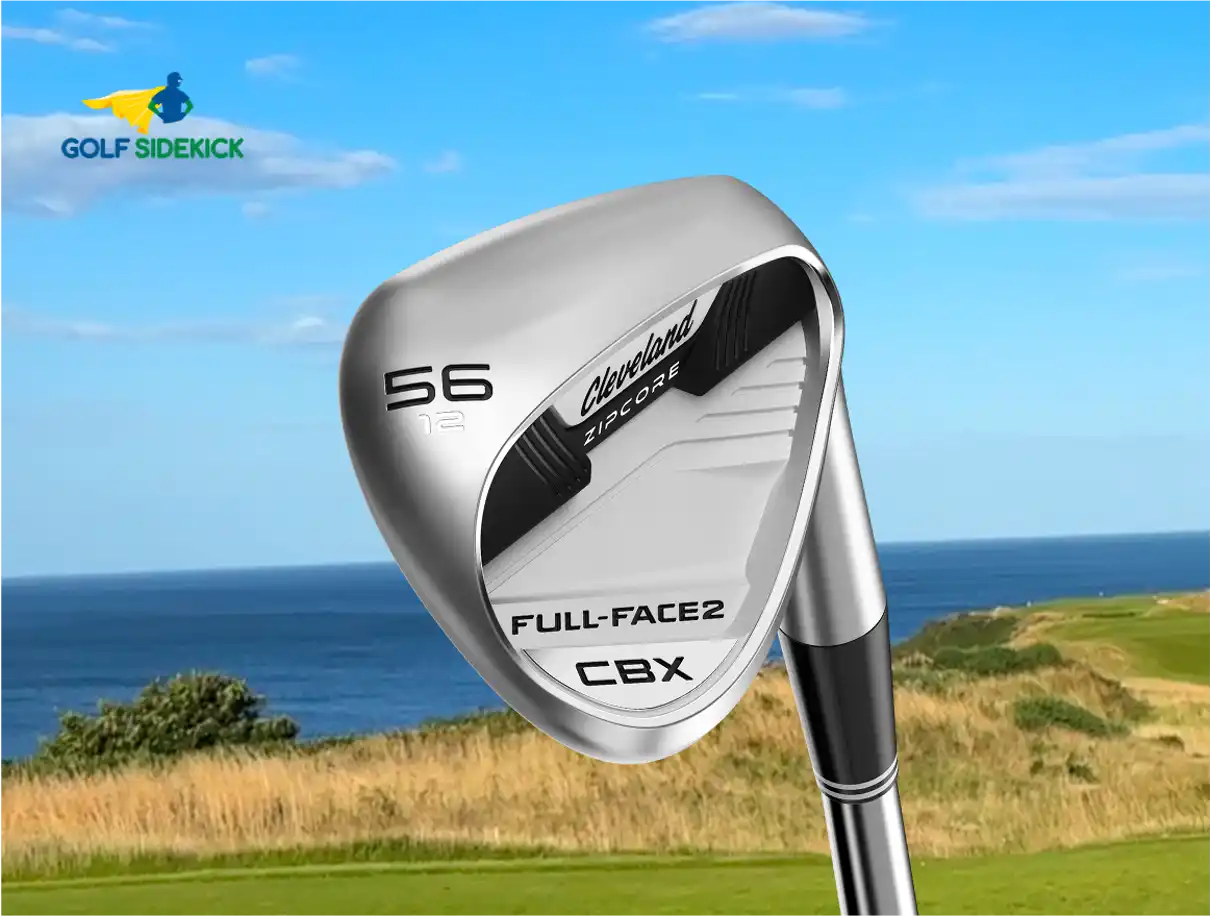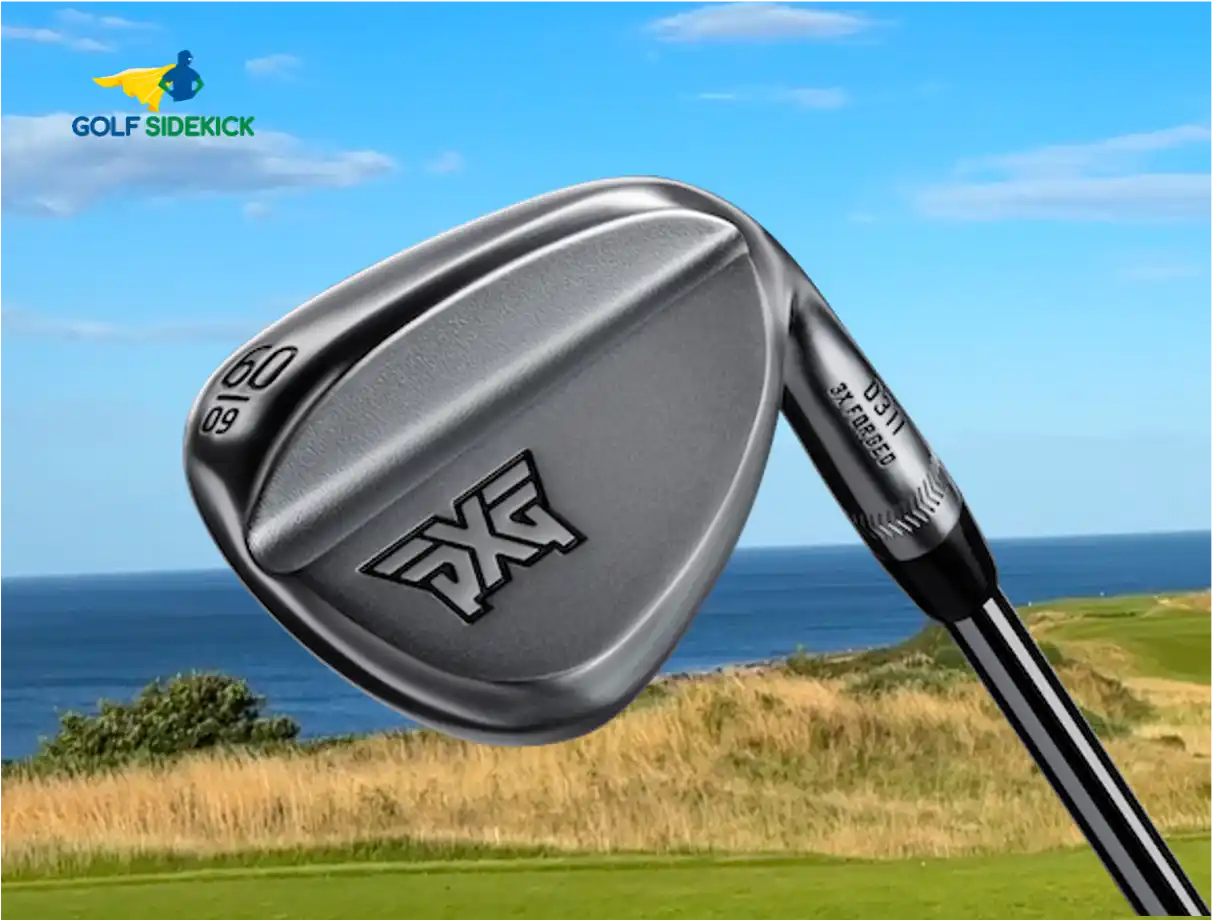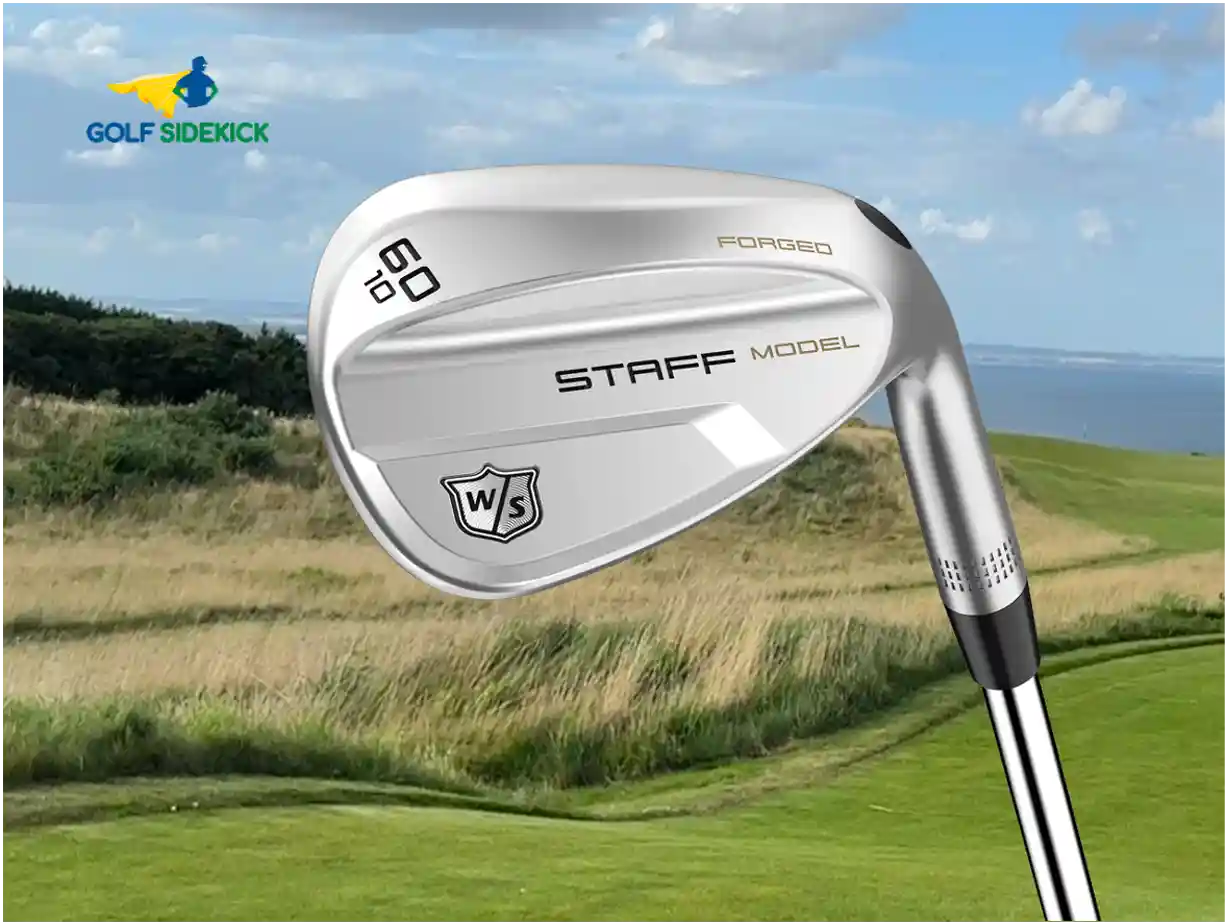Wanna know how to sound like a fool on the golf course? Don't read this guide.
Or...read this guide and you'll be speaking like a golfer in no time.
Through my 25 years on golf courses, I've whittled all the common golf terms down to only the ones you actually hear and use on the course or see in magazines. The other stuff you read online is full of bloat that no one ever says.
A
Ace: Hit the ball into the hole in one shot from the tee. Alternative: Hole-in-one
Address: To stand ready to hit a shot with the clubhead behind the ball.
Aim: The direction you are trying to hit the ball.
Albatross: When you hit the ball into the hole in 3 shots under par. This would be a hole in one on a par 4 or a 2 on a par 5. Alternative: Double eagle
Alignment: The relationship of the feet, shoulders and club face to the target.
All square: A tie in matchplay. Both golfers won the same number of holes.
Approach shot: A shot you hit (not off the tee) that lands on the green. Usually fro the fairway, fairway bunkers or rough after your drive.
Apron: The usually less than a yard wide grass around the edge of the green, separating the fairway and the green surface. Alternative: Fringe
Attend to pin: Hold the flag/pin/flag-stick while the other player putts and remove it as the ball leaves the putter face.
Away: The golfer who is next to play. “You’re away” is a way to use this term usually when no one is hitting but should be.
B
Back nine: Holes 10-18 on an 18 hole course. The opposite and complement to the front nine.
Backspin: When you hit a ball, the grooves create a spin on the ball that rotates backward and is responsible for stopping the ball on the green or fairway and often can roll backwards. Alternatives: zip, rip, bite
Back-swing: Initiation of the swing by take the club from behind the ball to behind your head. Opposite and complement to the follow-through or down-swing.
Ball-marker: Usually a coin or small plastic disk with a tiny spike to mark the position of the ball on the green so your ball doesn’t interfere with another players putt.
Birdie: When you make a score one under the par of the hole.
2 on a par 3
3 on a par 4
4 on a par 5
Bite: Same as backspin. Can be used as an instruction to the ball. “Bite!” “get down” “sit down” “Stooooop”
Blade: A kind of golf iron that has the weight in the back of the club behind the sweet spot evenly weighted from heel to toe. Opposite of a cavity back. Best to avoid these as a beginner because they’re very hard to hit.
To blade: To hit a golf ball off the leading edge producing a low ball flight without any control or spin. “I bladed it right over the green!” Alternative: thinned it, skulled it, hit it in the teeth
Blind shot: A type of shot where you can’t see the landing area from the tee or you can’t see the green from where you’re approaching from.
Block: A golf shot that goes very far right without much shape, just goes directly right off the club face. “He blocked it way right”
Bogey: A score one more than par on a hole.
4 on a par 3
5 on a par 4
6 on a par 5
Bogey golf: Playing to one over par on every hole. Usually equates to an 18 handicap.
Bounce: The angle measured from the front edge of a club’s sole to the point that rests on the ground when addressing the ball. This stops a sand wedge digging into sand or getting tangled in the long grass
Break or borrow: The movement of a golf ball on the green away from a straight line. Main reasons for the ball deviating on the greens are slopes on the green and grain of the grass. It takes a lot of practice to master reading greens.
Bump and run: A pitch or chip shot that is played lower with the aim to bump the ball into the air and let it run or roll for most of the journey to the hole. It can be performed from the fairway or green-side.
Bunker: An hollow filled with sand. They can be green-side bunkers, fairway bunkers or waste bunkers. You’re not allowed to ground your club in green-side and fairway bunkers but in waste bunkers, grounding your club is allowed. One of the least favorite places to be for some people but with modern clubs, it’s easy to beginners to escape! Alternative: sand, the beach. Avoid: sand trap – no one calls it that.
C
Caddy/Caddie: People you can pay at a golf club to carry your bag of clubs and give you advice on distances, clubs to hit, best options, break on the greens.
Carry: The distance the ball flies before hitting the ground. You can use this with caddies by asking: “How much is the carry over the water?” or when lying to someone “I carried my 8 iron 240 yards!”
Cart: A car-like buggy you sit on and drive around the golf course. Some golf courses make it mandatory to ride a cart. They run on electricity or fuel. You strap your golf bag to it and most come with a cooler box for keeping the beers nice and chille for those disaster rounds.
Cart: A two, or three, and sometimes four wheeled cart you can manually push or pull with your golf bag on.
Casual water: Usually temporary water that has accumulated outside of demarcated hazards. Often found after a heavy downpour or leaky pipes, you’re allowed to drop the ball away from areas where water is breaching the surface of the ground that is not marked as a an actual hazard with yellow or red stakes.
Cavity back: Golf irons where the weight of the material is positioned around the outside of the club head to improve forgiveness. These are the best possible clubs for a beginner.
Center of Gravity: Nobody knows but it’s a great way to sell golf clubs by confusing the hell out of the public.
Chip: A short shot from near the green that usually lands on the green and rolls up to the pin.
Choke down: Gripping the club a little further down the grip than a normal shot to get more accuracy but shorter distance. Essential when chipping to get more feel. Alternative: grip down
Closed club face: When you hit a shot but the club face points to the left as a right hander or right as a left hander.
Club: Drivers, fairway woods, hybrids, irons, wedges and putters. Every piece of equipment meant to hit the ball. Avoid calling them sticks or bats otherwise you run the risk of sounding like a total newbie! There is no minimum number of clubs needed.
Club head: The heavy piece at the end of the golf club you use to hit the ball.
Club-face: The area on the club head that meets the ball at impact.
Clubhouse: Where the facilities are housed at a golf course. Usually you’ll find locker rooms, restaurants, a pro shop, bars and the managers office to complain about the standard of the bunkers. After the round, it’s best to stick around and have a drink in the bar with your group.
Compression: The unit of measure to tell you how hard a golf ball is. Lower compression is softer, higher compression is harder. There has been a marked trend in manufacturers producing lower compression (softer) golf balls for high handicappers and slower swingers.
Course: A place to play golf is called a golf club or golf course, either with 9 or 18 holes.
Cross-handed (putting grip): Usually right handed players have right hand below left hand. Some golfers such as Jordan Spieth putt with the left hand below the right. There is no ‘correct’ grip for putting, whatever works for you.
Cut: A shot that moves from left to right (for right handers) often intentionally. “I cut that ball in perfectly” or “I hit a nice 5 yard cut on that one”. Alternative: Fade
D
Decelerate: Decreasing the club head speed near impact. Usually from lack of confidence and happen very often on chips. Practice chips and accelrate the club head through the ball. 99% of golf shots won’t be successful by decelerating through impact.
Dimples: Indents in the surface of a golf ball to produce drag which keeps the ball in the air. They actually make it possible to hit the ball much further and straighter than a ball without dimples.
Divot: The slice of grass that gets taken out of the ground on golf shots. There are a minority of golf courses that prefer players not to replace their divots but most courses will have a remedy for us golfers destroying their pristine fairways. Depending on the type of grass, you may be required to replace the divot back to its original position or fill the hole with sand.
Distance markers: Stakes on the side of the fairway or plates embedded in the fairway marking 100, 150, 200 and sometimes 250 yard marks from the green.
Dogleg: A type of golf hole which starts off straight but then the fairway turns left or right toward the green.
Double bogey: Making a score of 2 over the par of the hole would be considered a double bogey
5 on a par 3
6 on a par 4
7 on a par 5
Downswing: Moving the club from the top of the swing toward the ball for impact.
Draw: A shot shape where the ball goes right to left with more top spin than a fade. The opposite of a fade.
Drive: The first shot from the tee box.
Driving range: A place where you can go a hit golf balls that isn't a golf course.
Duck-hook: A shot that moves right to left very quickly and very low.
Duff: A horrible shot. Typically, this is a shot where very little or no contact is made between the club-face and golf-ball. Also known as Dub, Flub or Shank.
E
Eagle: A score on a hole 2 under the par
1 on a par 3
2 on a par 4
3 on a par 5
Even: Your score being equal to par for the round so far – “I’m even for the round today”. Alternative: level, level-par
F
Fade: Ball flight that goes left to right for a right hander. It’s usually controlled and not as extreme as a slice. The fade is very controllable and is what Dustin Johnson hits as well as what Jack Nicklaus enjoyed playing with.
Fairway: The shorter grass outside of the tee box and the green. Fairways are cut short to allow for roll and a nicer lie to hit from.
Fat shot: Hitting the earth before the ball. This usually results in a shot that goes much less distance and a bruised ego. Alternative: chunk, chilli-dip, hit the big ball before the small ball.
Flag-stick: A metal alloy pole with a flag on top placed inside the hole to show you where the hole is. Sometimes different color flags can mean different positions of the hole – front, middle or back. Alternative: pin, flag
Flop shot: Very high shot played with open stance and club face, generally for more advanced players with specialized equipment for the task. Not useful for beginners to play this shot.
Follow-through: The part of the swing that ends the swing sequence.
Fore: Shout this as loud as you can when you hit a ball toward other players to warn them to take cover. If you hear it, duck!
Forgiveness: A golf club is forgiving when it hits straighter and longer shots even on mishits. Super Game Improvement clubs make hitting the ball MUCH easier. Drivers, fairway woods, irons and wedges can all be forgiving. This is the most important aspect of golf clubs for beginners.
Four-ball: Check out the format and gambling games here
Freshy: A shot where you swing at the ball and totally miss it. “I hit a freshy!” Don’t worry this happens often for new players! But you have to count it as one shot! Alternative: whiff ‘I whiffed it!’
Fringe: Same as apron
Front nine: Hole number 1 to 9
G
Gimme: Short putts that your partners don’t think you will miss. They’ll ‘give’ you the putt and you can pick up the ball and count that as one stroke. They’re not actually allowed in strokeplay competitions but are fine for matchplay and friendly games with your friends. As a beginner, expect the gimmes to be a bit shorter than other players who might get gimmes of up to 3 feet.
Grain: The direction the grass grows – it affects the putting surface and reduce or increase the amount of break in the putts. Different climates use different grasses on the greens. Grainier grass is used on greens in hotter harsher humid climates while less grainy and fine grass is used in temperate and cool climates. Bermuda is a common grainy grass.
Green: The shortest grass on the course, well manicured to a smooth surface for putting. Alternative: the dancefloor
Green Fee: The amount you pay for a round of golf
Green in regulation (GIR): When your ball is on the surface of the green in 2 shots under the par number. Landing on every green in regulation and taking two putts on each green, you would shoot level-par.
GIR means you land on the green in:
1 shot on a par 3
2 shots on a par 4
3 shots on a par 5
Grounding the club: Letting your club head touch the surface of the ground. In water hazards and bunkers, it’s against the rules to let the club touch the ground. Everywhere else is fine.
Ground under repair (GUR): An area the golf course will demarcate as being under repair. You should take a free drop out of the area.
Groove: The deep lines cut into the club face to generate spin.
Good-good, give-give: Offering a gimme in exchange for one for yourself. If you and your opponent both have 4 footers left to half the hole, you or him may ask ‘give give?’ or ‘good good?’. To refuse or accept is up to the one being offered.
H
Hacker: Golfers with low skill levels. Not necessarily negative as long as you have a nice personality!
Half: If you play matchplay against someone, you ‘half’ a hole if you make the same score on it.
Handicap: You can be assigned a number based on your scores. If you play 27 over the par of the course which equals 99 strokes on a par 72 course, you might have a handicap of 24 or so. It’s calculated on your ability to improve. Handicaps level the playing field so you can compete with low handicap and mid handicap players. If your handicap is 24 and you score 90, at the end of the round, you subtract 24 from 90 and your NET SCORE is 66. That’s excellent. If your net score is below 72, you have played better than your handicap. If someone playing off a 5 handicap scores 78 and subtracts 5 from that, he gets 73. You essentially beat him by 7 shots relative to handicap! Here's how the handicap system works.
Hazard: Bunkers and permanent water. Water hazards are clearly marked with yellow or red stakes. You need to follow some basic rules for playing out of hazards.
Heel: At address, the part of the club head closest to you, where the shaft enters the club head.
Hole: A circle cut out of the earth on the green with a diameter of 4.25 inches (108 mm). Alternative: cup, jar, can
Hole in one: Same as Ace
Honor: The player with the lowest score from the previous hole tees of first. Player 1: “Who’s to play?” Player 2: “It’s your honor“. Often people think they’re funny and say “Your honor, your honor” which gets an obligatory laugh but please AVOID saying this unless you really are a joker and it suits your personality.
Hook: A shot that moves sharply to the left for a right hander. Usually uncontrolled and unpredictable. They roll very far and get players into a lot of trouble!
Hosel: The attachment part of the shaft and the clubhead.
Hybrid: Long irons with a piece of metal on the back to make them easier to hit. The added forgiveness means a lot of people are switching long irons for hybrids.
I
Interlocking grip: Holding a club with the left index finger interlocking on the right hand between the ring and pinky finger.
Iron: Golf clubs numbered from 3 to 9.
K
Knock-down: A shot hit very low to be unaffected by the wind
L
Lag putt: A long putt longer than 20 or so feet
Lay up: Hitting the ball short of a hazard or trouble on the course when it’s possible to try hit it on the green in one shot. This is a good tactic if you are not confident you can clear the hazard.
Lie: How the ball is position on the grass or sand or wherever it is on the course. Tight lie would be on hard surfaces. Fluffy lie would be on fluffy grass. Buried lie means it is deep in the grass or sand.
Lifting your head: When you prematurely look up to see where the ball is going – often results in poor shots especially topping the ball. Also results in putts missing on the right hand side.
Line: The route the ball is probably going to take to the hole on the greens. Be careful not to stand on the ‘line’ someone might be aiming for on the greens – major faux pas!
Links: Golf courses made on sand dunes and near the ocean. Sometimes refers to any golf course for fun. “Let’s hit the links”.
Loft: The angle between the shaft and the club face.
M
Match play: Where golfers or teams play against other golfers or teams hole-by-hole. You play against another player and if you make a 4 and he makes a 5, you win the hole. The aim is to win the majority of the 18 holes. There is no count of all the strokes at the end. You count strokes only on each hole to see who wins it.
Member’s bounce: When you hit a bad shot and somehow the ball finds a way into a good position. You’ll hear this one a lot.
Misread: When you hit the ball where you think it will curve into the hole but doesn’t perform close to what you thought.
Mulligan: A rehit. So you cancel the terrible shot you just hit and play another ball and count that shot and forget the previous bad one. It’s not allowed in the rules but often happens. Bill Clinton apparently loves mulligans.
O
Open face: When the club face is pointed to the right for right handers. Often produces fades and slices.
Out-of-bounds: An area marked by the golf course management where your ball is considered out of play. The area is usually marked with white stakes. If you hit it there, you will need to rehit the shot and add another shot on top of that. So let’s say you hit a driver out of bounds. That’s 1. Then place the ball on the tee again and that’s 2. Then you add another for the rehit which makes it 3 strokes so far.
Overlapping grip: Same as Vardon grip
P
Pace: Speed of the putt to reach the hole. When putting, focus on the break and getting the pace right.
Par: The score when you meet the suggested amount of strokes to complete the hole in based on the length.
PGA: Any Professional Golfers’ Association – each country has their own PGA.
Pin: Same as flag stick.
Pin-high: When you hit the ball left or right of the green in line with the hole. ‘Your ball is pin-high to the right’
Pitch: A shot under 60 yards or so with a sand, pitching or lob wedge.
Pitch mark: Marks on the greens from where the ball lands. It’s always best to fix these little plug marks with a tool designed for that.
Play through: When you have a faster moving group behind you, you should let them ‘play through’ which means you stop playing and let them play their shots past you and let them move to the next hole.
Plugged lie: Where the ball is stuck in the earth.
Plus handicap: A handicap better than zero – professional level.
Preferred lies: A Local rule that lets you pick up, clean and move the ball in the fairway when it’s been raining or the fairways are in bad condition.
Pre-shot routine: The practice swings and movements golfers make before they’re about to hit. Try to create one for yourself to make a repeatable routine to get comfortable but make it efficient. Don’t make a 30 second routine because no one will want to play with you.
Pro (Professional): Tour or teaching pros playing or teaching golf for a living.
Pro shop: Professional golfer-run golf shop at a golf club to buy and fit equipment and also get lessons.
Pull: For a right hander, the ball flies unintended moderately to the left, sometimes resulting in trouble. Not as dramatic as a hook.
Punch shot: A shot kept low and under the tree branches usually to escape trouble.
Push: A shot trajectory that flies to the right for a right hander. It’s usually unintended and is less severe than a slice.
Putt: Playing the ball along the ground on the greens with a putter.
Putting green: A green close to the clubhouse or first tee to practice putting on before the game. Can also be used for general practice to groove your putting stroke and build confidence.
Putter: Flat faced club to roll the ball on the green with. Alternative: flat-stick
R
R&A (Royal & Ancient): Association that governs golf rules outside of the USA.
The Range: The driving range where you can hit golf balls
Rangefinder: A laser device to measure distances to and from things on the course. Usually to find the distance to carry hazards or distance to the pin. There are numerous budget rangefinders for beginners to start using to really improve fast.
Rough: The longer and more difficult to hit out of grass running next tot he fairways.
Round of Golf: 18 holes on a golf course. “I played a round at Bethpage Black”
S
Sandbagger: A golfer who manipulates his handicap to be higher than his skill level suggests. Guys do this to win more prizes in competitions. You might see a guy playing off a 9 handicap but shoots 75 or 76 very often on competition days but 84 or 85 during social games. Often are not popular with other competitors. In golf, it truly is ‘you’re only cheating yourself’.
Sand save: When you hit 1 bunker shot to get out the green side bunker and 1 putt to get it in the hole. These REALLY impress people.
Sand wedge: A golf club made for getting out of bunkers but also used within 100 yards for chips and pitches and full swings. Beginners should find a sand wedge that is great for bunker play.
Scramble: Chip and putt to make par after missing the green
Scratch golfer: Golfer with handicap of ZERO. Usually scores between 69 and 74.
Shank: A shot when you hit the ball with the hosel of the club sending it screaming to the right at an almost 90° angle. You can contract this shot almost like a virus. Tin Cup suffered from The Shanks also known as El Hosel before his US Open debut. The cause is unknown but can often show up after women troubles.
Short game: All the shots around and on the green like putting, chipping, pitching and bunker shots.
Slice: A shot shape that moves severely from left to right. Often the trouble shot of beginners and high handicappers.
Snowman: Soring 8 on a hole. The 8 looks like a snowman.
Sole: The bottom or underside of a golf club.
Speed: How fast the ball will travel to the hole so you can adjust your stroke. Faster greens produce more break because the ball must be hit slower and slower greens show less break because you need to hit it harder.
Stimpmeter: A device used to measure the speed of greens.
Sweet-spot: The area on the club face near the center where the most distance will be produced on your shots. Forgiving golf clubs have very big sweet spots and should be the first choice for any beginner or high handicapper to reduce big errors. Alternative: hit it in the screws, hit it in the panty.
T
Tap-in: A very short putt that just needs a tap. Usually less than a foot.
Tee: The peg you stick into the ground and place your ball on to to hit a driver or tee shot.
Tee time: The exact time that your round of golf will start. Many golf courses will require you to book a tee time os they can manage the number of golfers on their course.
Teeing ground: The area where you hit drives from. It’s suggested that beginners should play off the front-most tees for men at any given course. This makes the game easier to learn. There are usually 3 or 4 sets of tees at any given course. On the tee, you’ll find tee markers made of metal, plastic or wood and that line created by the 2 tee markers is the imaginary line from where the hole starts.
Thin shot: A shot where you hit the ball with the leading edge of the club that makes it fly long and low. Often they say ‘thin to win’ – this means at least a thin shot from the fairway can reach the green as the opposite ‘fat’ shot means you’ll be very short of the green.
Through the green: The entire area of the golf course, except for the teeing ground of the hole being played, the green of the hole being played and all hazards on the course.
Tips: The championship tees on a golf course. We say “playing the course from the tips”
Toe: The end of the club face furthest from the hosel.
Topped: A shot where you hit the top of the ball with the sole of the club resulting in the ball either popping straight up or rolling a few yards in front of you.
A COMMON BEGINNER ERROR especially when trying to hit the ball to hard.
Triple bogey: A score three strokes over the par number
6 on a par 3
7 on a par 4
8 on a par 5
The Turn: Moving from the 9th hole to the 10th hole. You turn back to the clubhouse from the 10th to the 18th hole.
U
Unplayable: When you can’t play a shot you can declare the ball unplayable and take a penalty drop.
Up and down: When you get the ball in the hole in two shots from around the green. 1 chip and 1 putt.
USGA: The governing body of golf for the U.S. and Mexico. Together with The R&A, the USGA produces and interprets the Rules of Golf.
V
Vardon grip: A grip where for right hnded playes, you overlap your right pinky onto your left index and middle fingers.
W
Waggle: A movement of the club behind the ball at address as a player gets more comfortable before hitting his shot.
Wedge: Irons with high lofts to go shorter distances and are used for the short game.
Wood: Golf clubs made with round big heads. They go furthest and are the most well-known especially the driver. Fairway woods are very easy to hit for beginners and most beginner bags should have at least 2 fairway woods.
Worm burner: A shot hit very low to the ground and travelling fast. Alternative: Mole raper, daisy cutter
Y
Yips: Twitchy movements during a putt because of anxiety leading to a lot of missed short putts. Bernhard Langer is famous for getting the yips and playing with strange putting grips.
